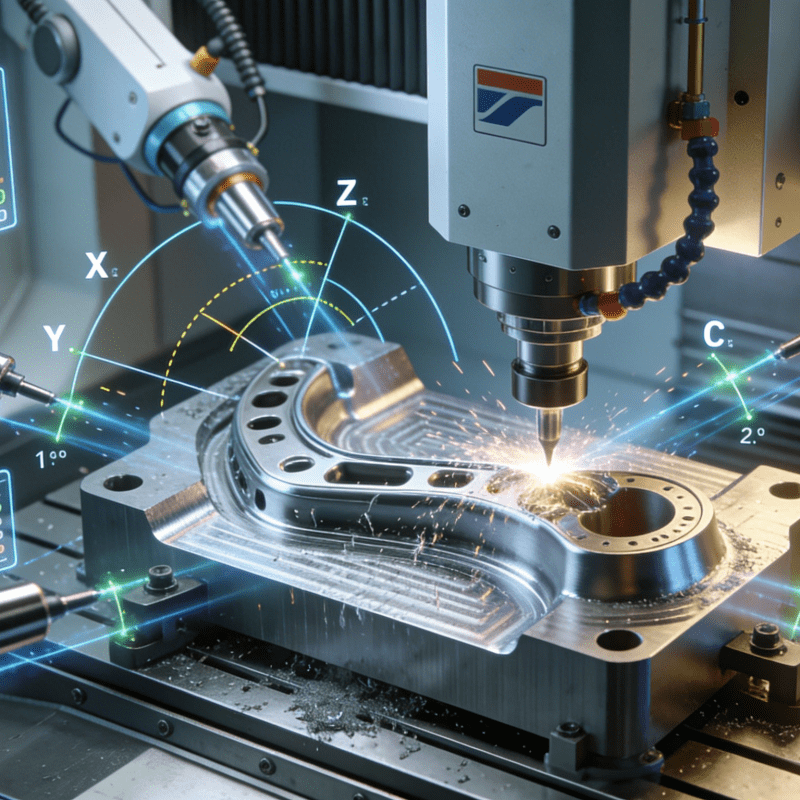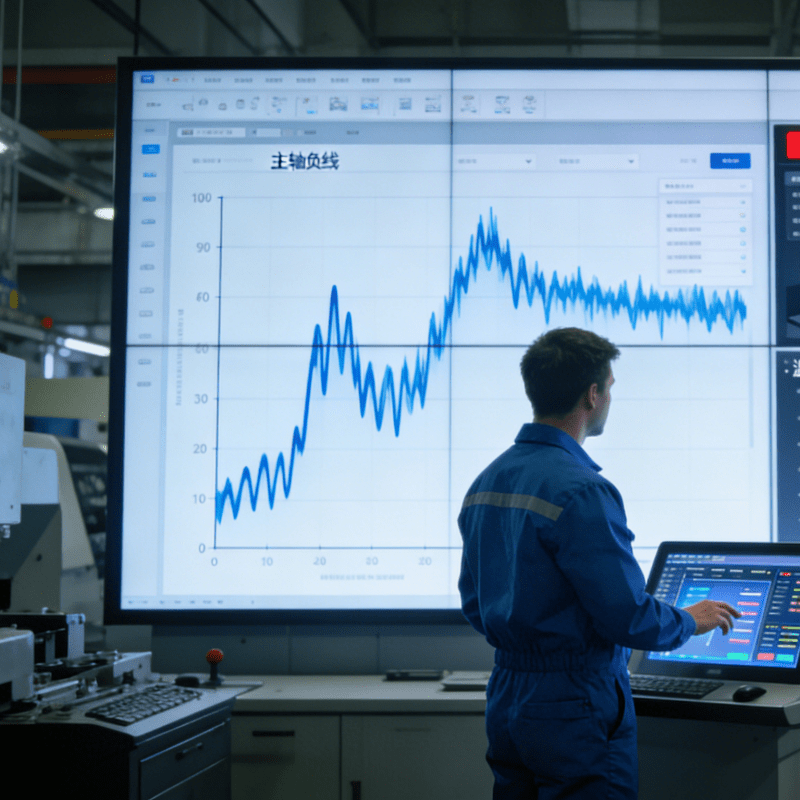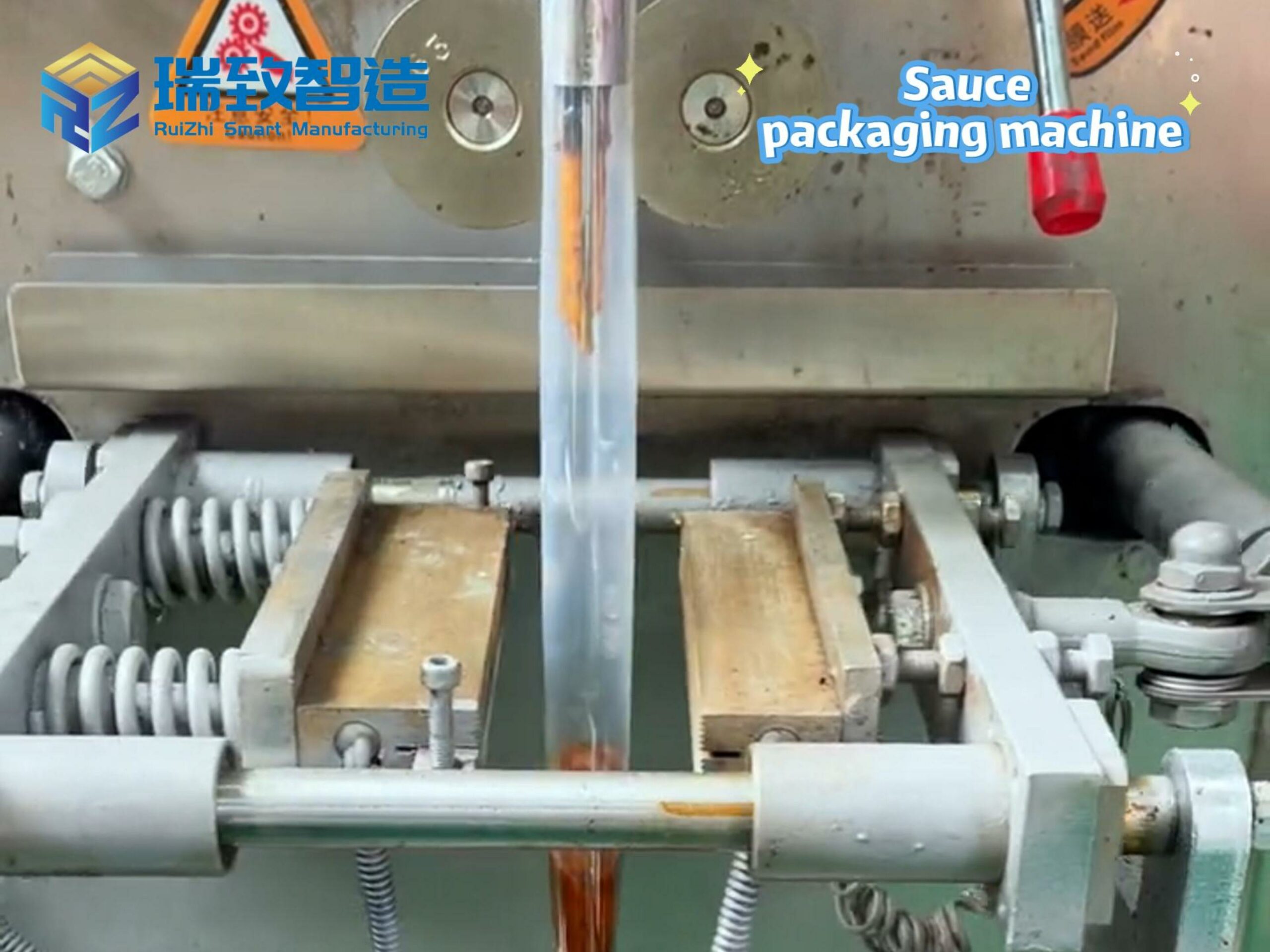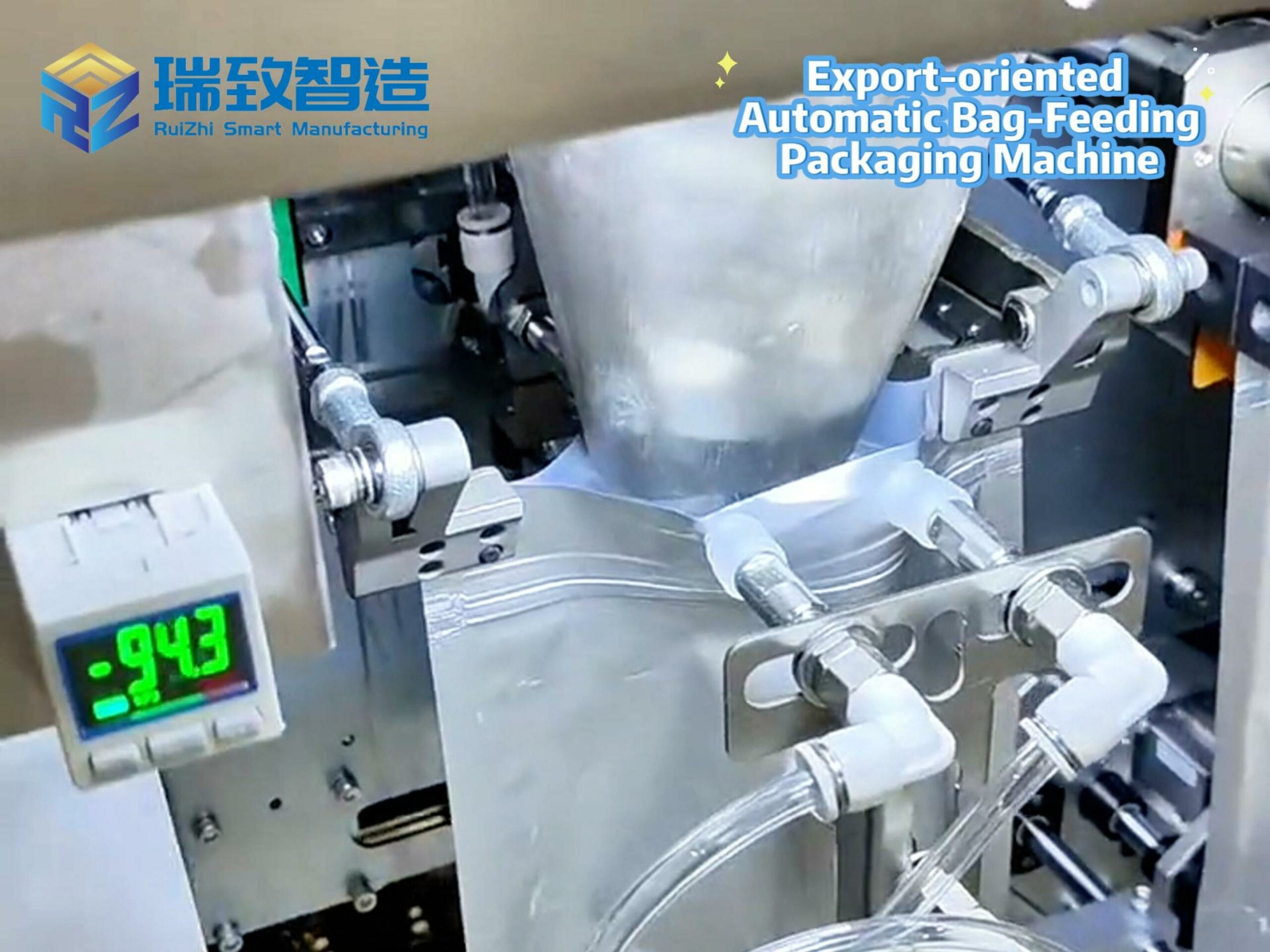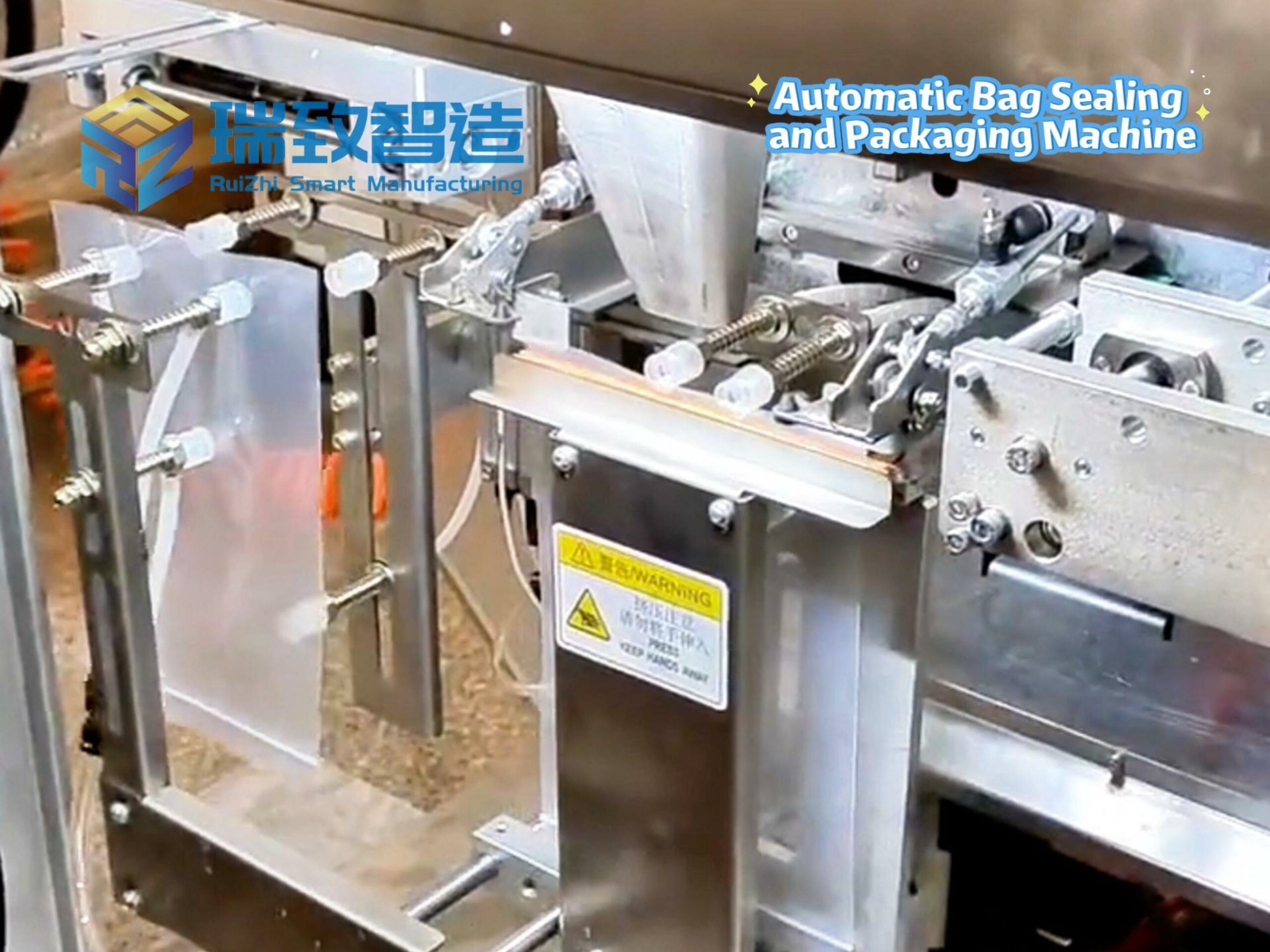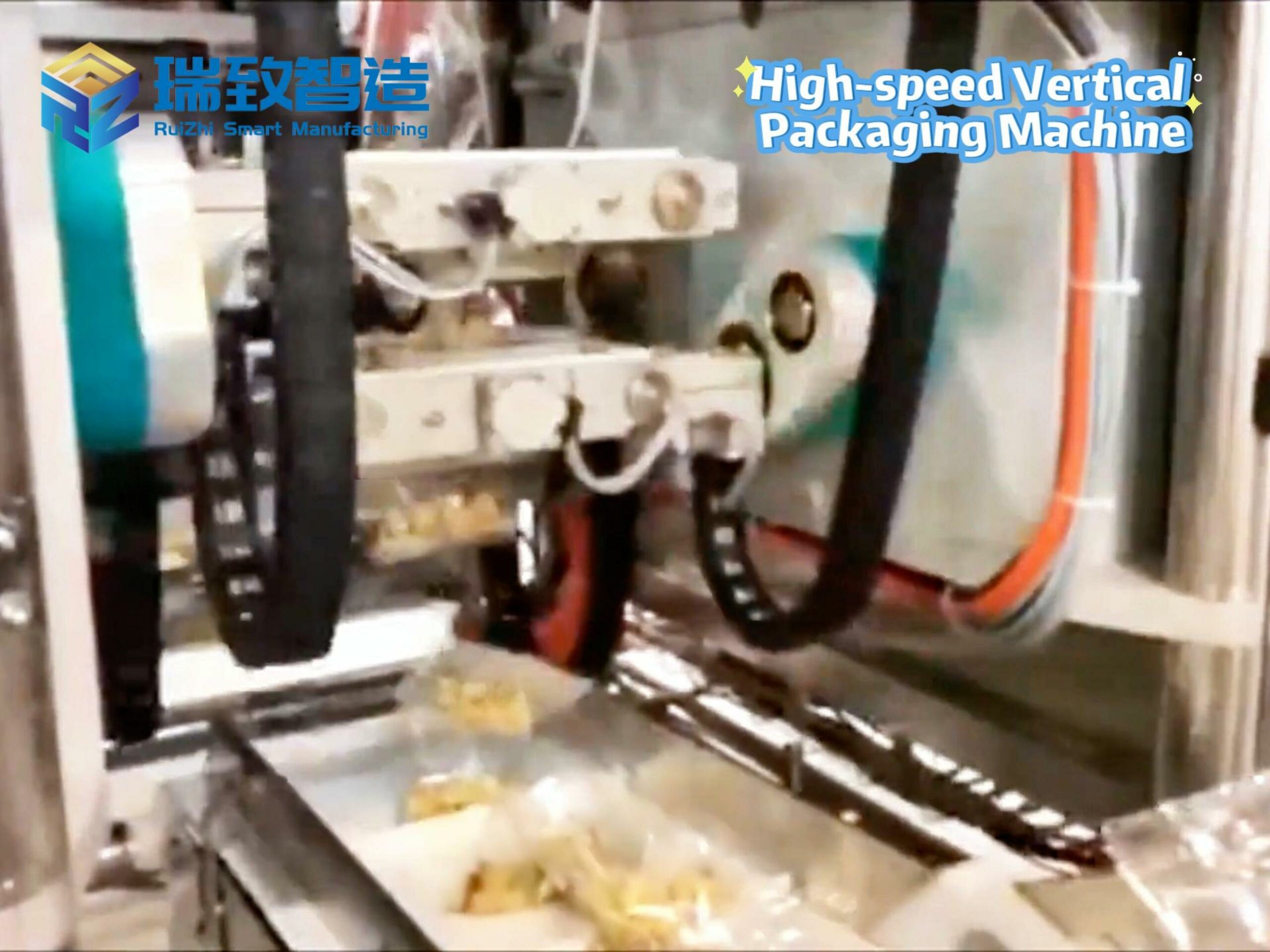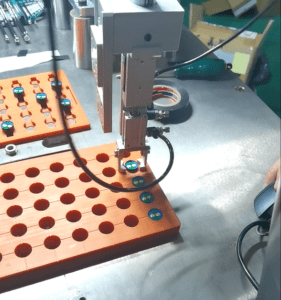
Artificial intelligence may reduce the need for physically demanding tasks, but it could also erode job satisfaction, intensify cognitive load, and amplify anxiety. This column reports research on survey data from Germany, which finds no evidence that AI exposure has harmed workers’ mental health or subjective wellbeing. But looking at self-reported use of AI tools in the workplace, there are indications of declining life and job satisfaction. This suggests the need to expand current debates beyond AI’s impact on employment, productivity and wages: if it transforms work in ways that affect stress, autonomy, purpose, or health, these dimensions must become central to technology policy and labour regulation.
As governments and firms race to integrate artificial intelligence (AI) into the workplace, a crucial policy question has emerged: how will this new wave of automation affect the wellbeing of workers?
While much of the academic and policy debate has focused on employment and productivity effects (e.g. Acemoglu et al. 2022, Brynjolfsson et al. 2025), there is a growing concern about the quality of work itself. AI may reduce the need for physically demanding tasks, but it could also erode job satisfaction, intensify cognitive load, and amplify anxiety. These risks are increasingly at the centre of public discourse and recent policy proposals – including those around AI governance and worker protections.
Recent VoxEU contributions have examined how AI is reshaping macroeconomic productivity (Cerutti et al. 2025), altering the structure of employment (Ilzetzki and Jain 2023) and creating tensions between innovation and regulation (Frey et al. 2025). But what remains less understood is how AI is affecting workers’ everyday personal experiences – their health, job satisfaction, and psychological wellbeing.
In recent work (Giuntella et al. 2025), we seek to address this gap using rich longitudinal survey data from Germany. Our central finding is cautiously optimistic: so far, there is no evidence that AI exposure has harmed workers’ mental health or subjective wellbeing. In fact, we observe small improvements in self-reported physical health and health satisfaction.
But this picture changes when we look at self-reported use of AI tools in the workplace. Here, we find a modest but consistent decline in life and job satisfaction, suggesting that the way in which workers experience AI is as important as the tasks it automates.
From job loss to job quality: Broadening the lens
Existing studies have documented the economic impact of AI – from labour market polarisation to sectoral productivity shifts. Felten et al. (2021) and Bonfiglioli et al. (2025) show that AI adoption varies widely across occupations and geographies. Acemoglu et al. (2022) and Brynjolfsson et al. (2025) demonstrate that AI can displace certain roles while creating others. But as Gihleb et al. (2022) and Nazareno and Schiff (2021) argue, technological change also has profound implications for physical and mental health – dimensions often missing from macroeconomic models.
AI may differ from past automation waves. While industrial robots substituted for manual routine tasks, AI targets cognitive and communicative functions. It can enhance productivity and reduce tedious tasks, but it may also undermine workplace autonomy or increase cognitive demands. How these changes affect workers’ wellbeing is a question that deserves more attention.
Measuring exposure to AI
We use data from the German Socio-Economic Panel (SOEP), a representative longitudinal dataset tracking workers’ health, satisfaction, and job characteristics over two decades (2000-20). Germany offers a particularly relevant case: it has a strong vocational training system, robust labour protections, and a gradually accelerating rate of AI adoption.
To assess the impact of AI on workers’ wellbeing and health, we employ two complementary measures of AI exposure. Our primary measure, developed by Webb (2019), quantifies how susceptible an occupation is to AI, based on overlap between job tasks and AI-related patents.
Our secondary measure is a self-reported exposure measure from the 2020 SOEP wave, where workers were asked how often they use AI-related systems (e.g. natural language processing, image recognition, or information evaluation) on the job. By restricting our sample to individuals who entered the labour market before 2010 (prior to the widespread adoption of AI in Germany), we limit the potential bias from sorting into occupations based on AI exposure.
Evidence on AI adoption and workers’ wellbeing
Our findings diverge depending on how AI exposure is measured. Using the task-based exposure measure (Webb 2019), we find: (1) no significant change in life or job satisfaction after 2010 among AI-exposed workers; (2) no significant increase in economic anxiety or reported job insecurity; and (3) small but significant improvements in self-rated health and health satisfaction.
These results are summarised in Figure 1. In particular, the physical health gains are consistent with a concurrent decline in the physical burden of jobs among AI-exposed workers.
Figure 1 Impact of AI on workers’ wellbeing and health: Webb measure of AI
We also find a slight decline in weekly working hours (approximately 30 minutes) without offsetting reductions in income or employment. Overall, these results suggest that AI may be reducing physical strain without compromising employment stability – at least in the early years of adoption.
But the picture changes when we consider self-reported exposure to AI systems. Workers who reported using AI tools in the workplace at least weekly were more likely to report declines in life and job satisfaction. These negative effects are relatively small in magnitude (about 0.05 standard deviations). The results of this analysis are presented in Figure 2.
Figure 2 Impact of AI on workers’ wellbeing and health: SOEP-based measure of AI
This divergence points to an important insight: how workers perceive and interact with AI tools may matter more for their wellbeing than how ‘objectively’ exposed to AI their occupation is. This reasoning aligns with arguments made in De Vries and Erken (2023) that perception and adaptation shape AI’s productivity potential – and suggests that communication and workplace design are essential to successful AI integration.
thrust washer manufacturers The benefits of artificial intelligence and spring automation to factories


